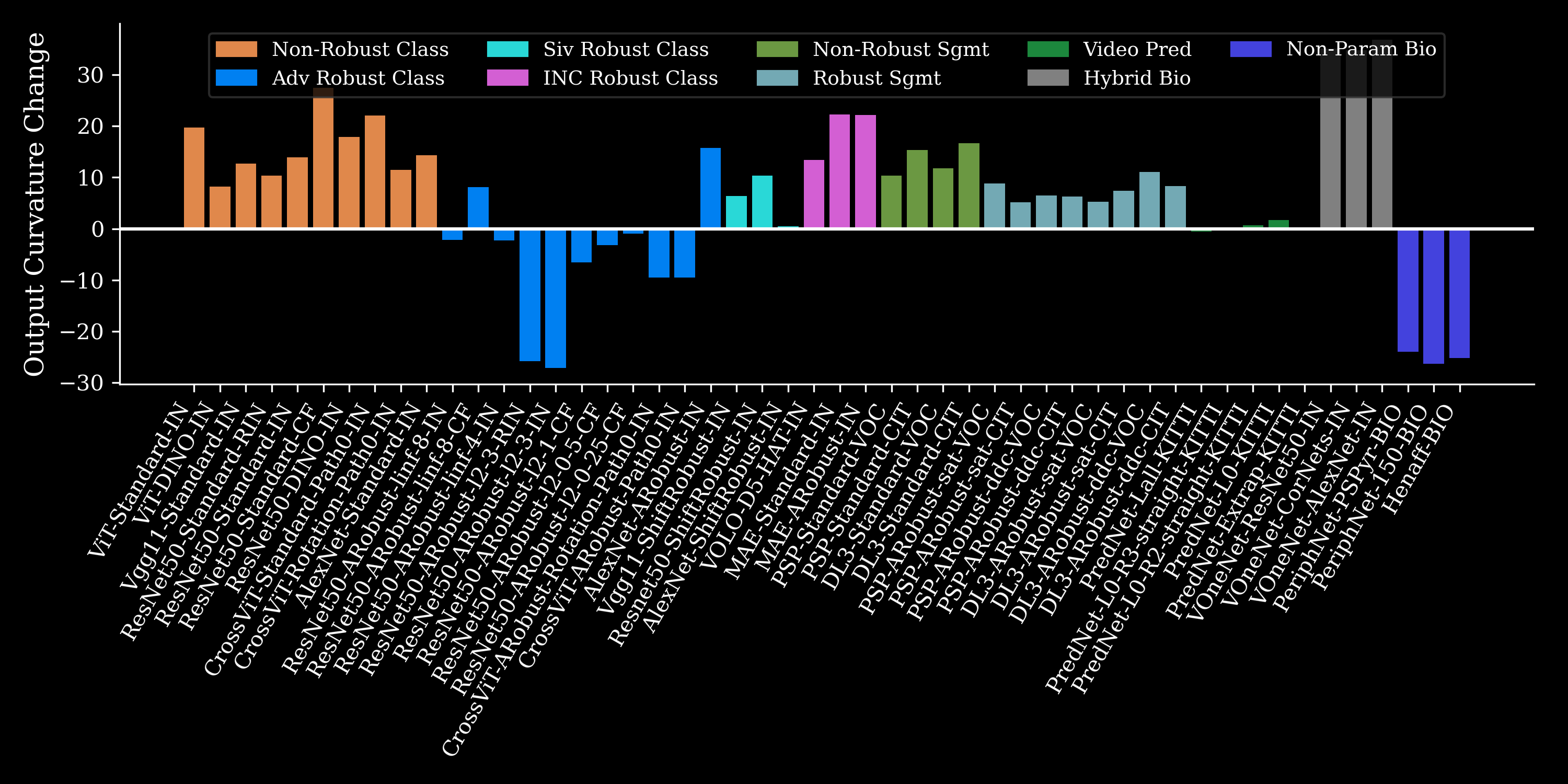@inproceedings{
harringtonexploring,
title={Exploring perceptual straightness in learned visual representations},
author={
Harrington, Anne and
DuTell, Vasha and
Tewari, Ayush and
Hamilton, Mark and
Stent, Simon and
Rosenholtz, Ruth and
Freeman, William T},
booktitle={The Eleventh International Conference on Learning Representations}
}

